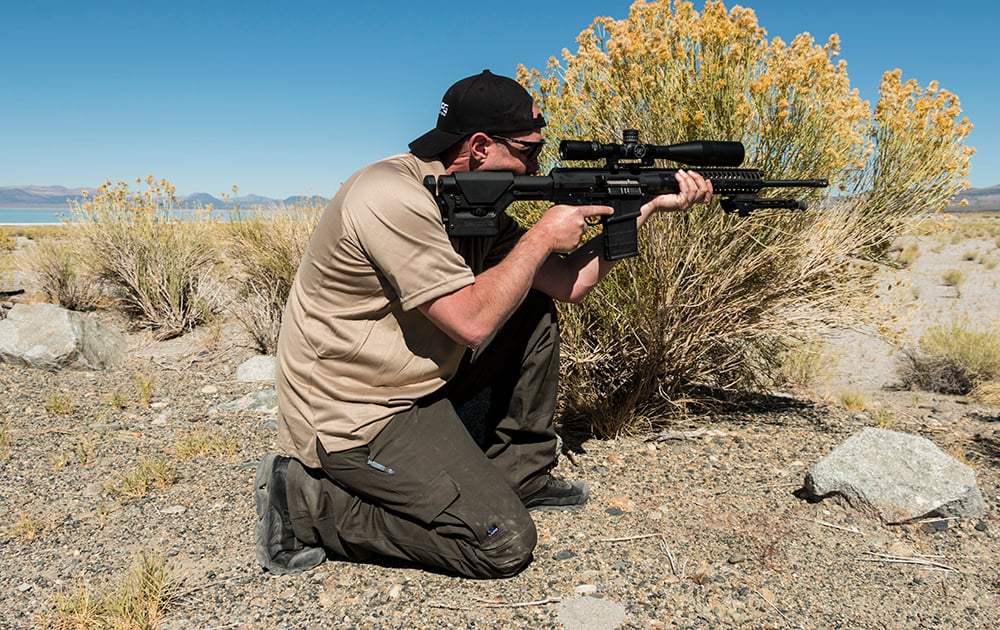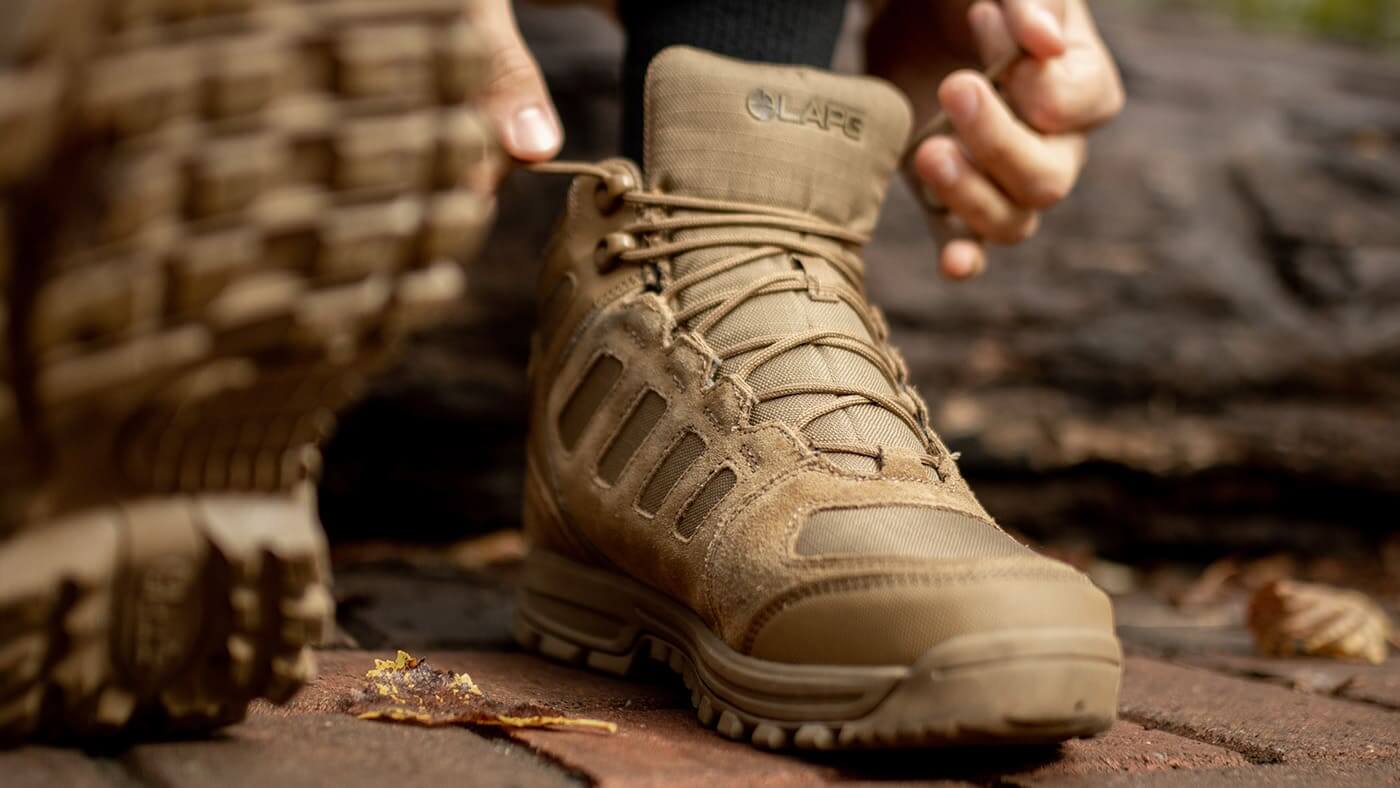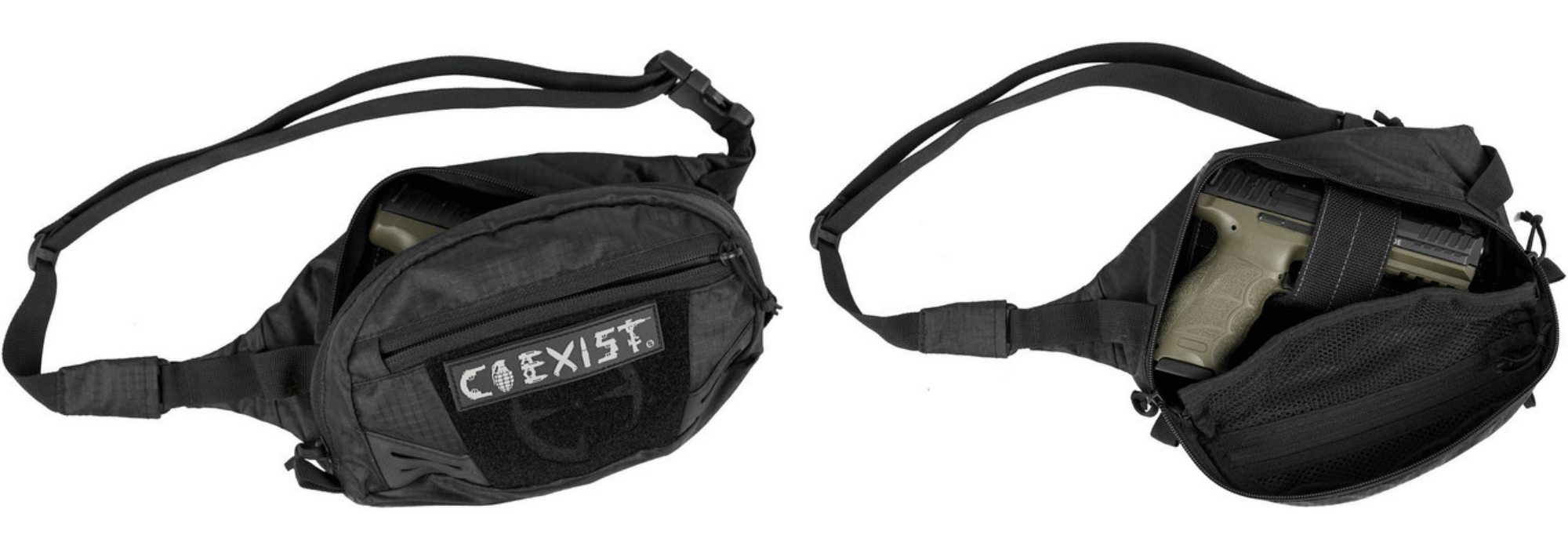
A Buyers Guide: Choosing the Best Survival Knife
Technological advancements have allowed us to combat many problems and provided handy survival tools, especially in the face of certain man-made and natural disasters.
Disasters and emergencies come with problems like theft and other crimes. Sometimes people are put in positions where they must fight for their survival, so tactical knives are a vital tool for your arsenal. Plus, you can use a survival knife for other jobs. It can double as an eating utensil or screwdriver if you don’t have all of your tools. Here are some common survival knife functions:
- Hammering
- Slicing/cutting
- Signaling
- Digging
- Prying
- Splitting
- Hunting
- Self-defense
- Fire-making
- First aid
- Shelter building
- Food prep
Below are some tips to help you pick the right survival knife:
Photo by Markus
Understand Your Knife Types
Survival knives are generally classified as tactical fixed blade knives or folding knives. Since fixed-blade knives are more durable and good for hard work, they make great wilderness knives. Folding knives make great everyday carry knives (EDC) that you can slide in your pocket. They also make good police knives because you can fold and conceal them.
From those two categories, you can filter survival knives down to other subcategories such as hunting, survival, or combat. You can also differentiate between knives by their material. For example, some knives are made from high carbon steel and others from stainless steel.
The rear part of the blade that travels into the handle is called the tang. There are multiple types of tangs, such as through tangs, full tangs or rat-tail tangs. The type of tang helps to differentiate which tasks your knife was built for.
For instance, small woodworking knives often have rat-tail tangs. If you want to use your knife to split wood, you should choose a blade with a full tang.
Characteristics of a Good Survival Knife
Everyone has a different opinion on what makes a good survival knife, but there are several characteristics you can look for.
The Knife Suits the Task
Some knives are pretty and fancy, while others are more functional. But the important thing is that the knife you choose suits the job. You would never carry a whittling knife into the jungle, and you likely wouldn’t use a machete for tasks around the camp.
A Good Grip is Critical
A handy survival knife has a good grip. No matter what material the knife is crafted from, it needs to have a good grip at all times. If you can’t grip your knife well, you can injure yourself.
Your Survival Knife Should Be Easy to Sharpen
Choose a knife that sharpens on a whetstone easily. A dull knife certainly can’t complete the job. If it’s too difficult to sharpen, it will likely remain dull.
Characteristics of a Bad Survival Knife
You should make sure to avoid buying a knife with these bad characteristics:
Poor Grip
Not surprisingly, this problem was already mentioned. A poor grip can cause serious injury or just annoying blisters. A good knife grip is one you can hold firmly and comfortably. Stay away from handles that are too square or shaped like the handle of a broom. Look for handles shaped ergonomically with an easy-grip texture.
Hollow Handles
Hollow handles are great places to store extra gear, but your hollow knife will be weak if it has no tang. A knife without a tang means that the handle and the blade are two separate pieces. This can cause the knife to break easily. The best survival knives have at least a partial tang.
A good knife can sometimes require an investment, so it’s important to take the time to make the right choice. If you take care of it, a good survival blade can last you many years.
Look for a good grip and at least a partial tang so your knife can perform the most critical tasks. Most importantly, pick the right survival knife for the job. One day, your life may depend on it.
Source: EvhK/Shutterstock




